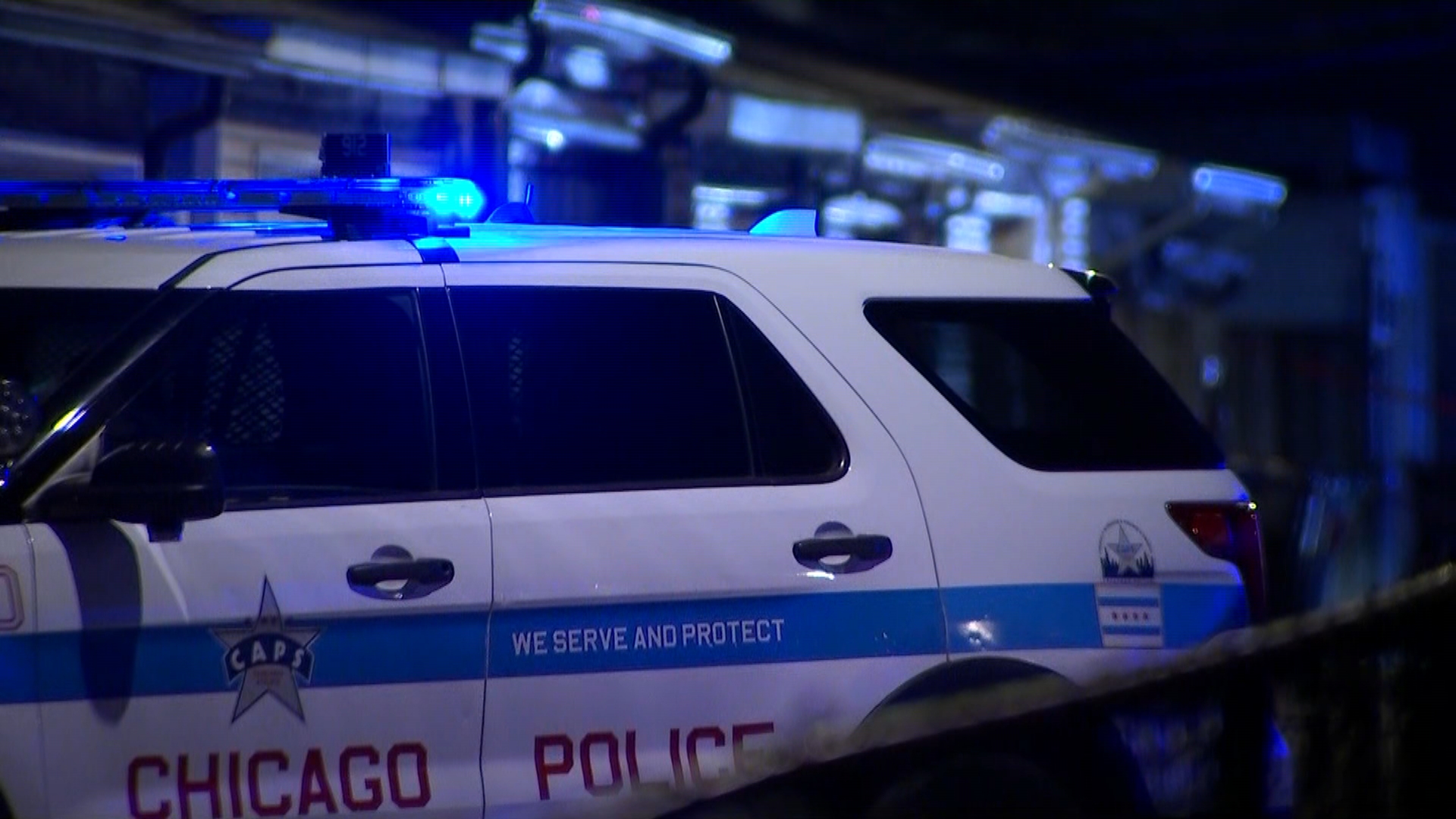
Suburban Cook County will increase indoor dining capacity at restaurants and bars after reaching the threshold of coronavirus metrics that officials provided earlier this month.
Cook County officials announced Tuesday that, effective immediately, restaurants, bars and events can offer indoor service at 40% capacity or to a maximum of 50 people, whichever is lower. Prior to Tuesday, indoor dining was limited to the lesser of 35% capacity or 50 people per room or floor.
“The COVID-19 metrics continue to improve, allowing us to align with the Chicago Department of Public Health and the Stickney Township Public Health District and ease mitigation restrictions in suburban Cook County,” Dr. Kiran Joshi, Senior Medical Officer at Cook County Department of Public Health said.
The new mitigation order adds that any person over the age of two who can medically tolerate wearing a mask should do so in public areas.
Chicago is also increasing indoor dining capacity at dining establishments after the city hit multiple COVID-19 metrics to ease restrictions.
The expansion of indoor service comes after the city recorded less than 400 new COVID-19 cases per day on a seven-day rolling average for each of the last three days, the city said.
That lowered the city to a "low" or "moderate" risk in all four metrics health officials designated earlier this month to determine indoor dining capacity. Those metrics, and where the city stands currently, are as follows:
- COVID cases diagnosed per day: currently averaging 344. This number must be below 400 new cases per day to reach the “Moderate-Risk” level.
- COVID test positivity: currently averaging 3.6%, in the “Low-Risk” level
- Emergency Departments visits for COVID-like illness: currently averaging 62 per day, in the “Moderate-Risk” level
- ICU beds occupied by COVID patients: currently averaging 117, in the “Moderate-Risk” level
Capacity can increase to 50% after two weeks of successfully maintaining "moderate risk" levels across all four metrics, according to the city.
Local
“In recent days, we have made incredible progress in the ongoing effort to save lives and defeat this deadly virus,” Mayor Lori Lightfoot said in a statement. “I am thrilled that we have made enough headway to cautiously ease more regulations, but I once again want to remind all our businesses and residents that we are not out of the woods yet. Only by committing to what we know works will we be able to continue moving forward carefully and responsibly.”
While capacity expands, other regulations still remain place, city officials said. Those include:
- Food must be available at all times in order to offer indoor service. This means that bars, taverns or breweries without a food license can reopen indoors as long as they partner with a food establishment so that food is available to patrons at all times (e.g., making menus available and allowing delivery, allowing patrons to order from third-party delivery services).
- Maximum of six patrons at indoor or outdoor tables
- Patrons can sit at bars, with six feet of social distancing between parties
- Face coverings must be worn at all times, except when patrons are seated and actively eating or drinking
- Patrons must be seated whenever they are eating or drinking
- Tables must be six feet apart
- Establishments must close for on-site service at 12:00am
- The sale of alcohol must end at 11:00pm, including alcohol sold for on-site consumption, delivery or carry out
The city entered Phase 4 of Illinois' coronavirus mitigations on Jan. 31, which allows indoor dining capacity to increase, among other changes, under the state's guidelines.
But as restrictions were relaxed when Chicago entered Phase 4, Lightfoot and Chicago officials had previously decided not to increase the indoor dining capacity limit in according with state guidelines, leaving it at the lesser of 25% or 25 persons per room.
In explaining the decision to curtail the state's Phase 4 guidelines, Chicago health officials said it was "standard public health practice" to monitor the impact of any significant mitigation change for a minimum of two weeks.
Sunday, Feb. 14 marked two weeks since Chicago entered Phase 4 mitigations. Partial indoor dining resumed in the city on Jan. 23, when the city reached the threshold to move from Tier 2 to Tier 1 mitigations under the state's reopening framework.
Chicago officials moved the city's indoor dining capacity to the 25% or 50 people limit on Feb. 11.



